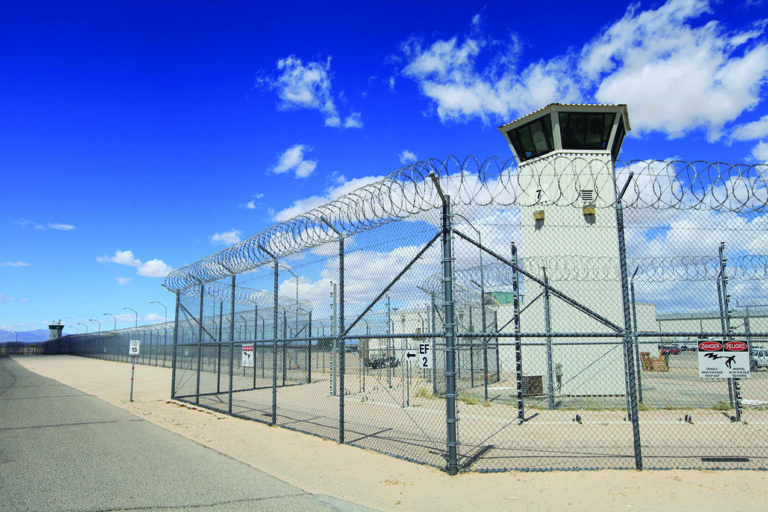Passed by voters in November 2014, Proposition 47 brought broad and significant changes to California’s criminal justice system. Undertaken in the wake of public safety realignment in 2011, Proposition 47 reduced the penalties for certain lower-level drug and property offenses and represented a further step in prioritizing prison and jail space for higher-level offenders. The policy has sparked continued debate around two key questions:
Did Proposition 47 increase crime?
- We find no evidence that violent crime increased as a result of Proposition 47. While California saw an uptick in the violent crime rate from 2014 to 2016, this trend appears to have preceded the reform and is due in large part to unrelated changes in crime reporting after 2014.
- We find some evidence that Proposition 47 affected property crime. Statewide, property crime increased after 2014. While the reform had no apparent impact on burglaries or auto thefts, it may have contributed to a rise in larceny thefts, which increased by roughly 9 percent (about 135 more thefts per 100,000 residents) compared to other states. Crime data show that thefts from motor vehicles account for about three-quarters of this increase.
- Despite recent upticks, California’s crime rates remain comparable to the low rates observed in the 1960s-even with the dramatic reductions in incarceration ushered in by recent criminal justice reforms.
Did Proposition 47 reduce recidivism?
- Recidivism rates decreased due to Proposition 47. Using data from 12 California counties, we find that among individuals released after serving sentences for Proposition 47 offenses, the two-year rearrest rate was 70.8 percent, 1.8 percentage points lower than for similar individuals released before the reform. The two-year reconviction rate for individuals released under Proposition 47 was 46.0 percent, 3.1 percentage points lower than their pre-reform counterparts.
- These overall declines were driven by substantial reductions in recidivism rates for Proposition 47 offenses. Rearrest and reconviction rates for these offenses were 10.3 and 11.3 percentage points lower, respectively, than for similar individuals before the reform. Our findings suggest that the measure reduced both arrests by law enforcement and convictions resulting from prosecutions by district attorneys. However, we are not able to separate the reform’s effects on reoffending from its effects on the practices of criminal justice agencies.
Proposition 47 redirected the savings from reduced incarceration to treatment interventions, with the goal of reducing recidivism. While it is too early to know if this shift in funding has affected recidivism rates, in the coming years the state and counties will be better able to assess the impact of increased interventions and to identify promising strategies. As California continues to pursue criminal justice reforms, understanding the effects of Proposition 47 and local treatment programs will be essential to achieving further reductions in recidivism and maintaining public safety.
Topics
Criminal Justice




